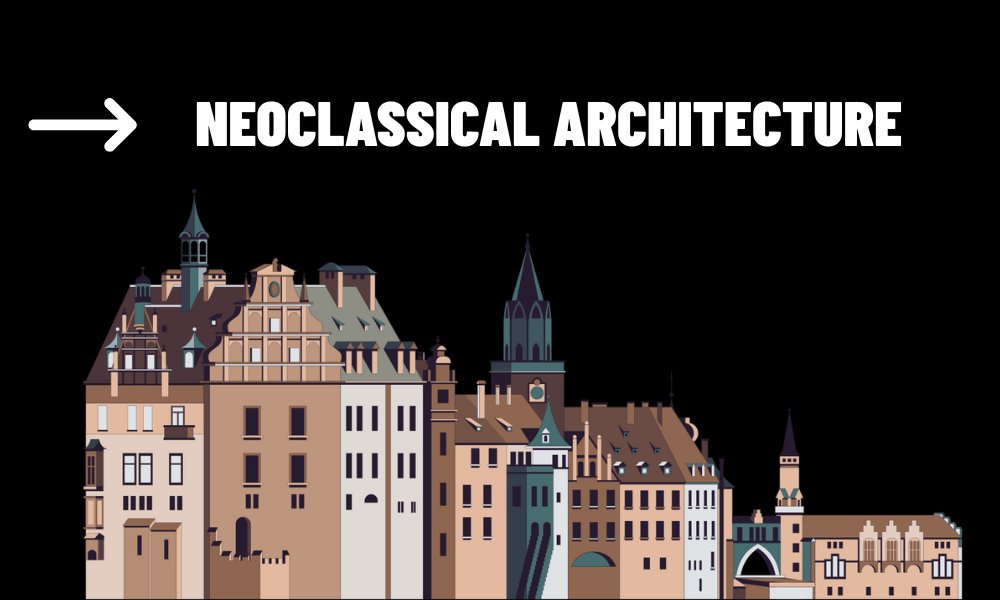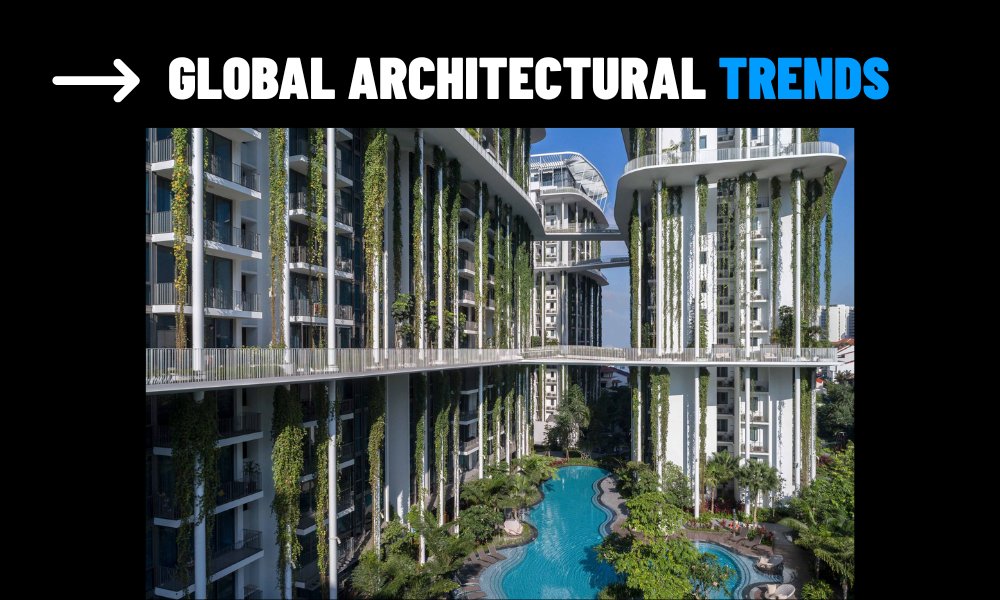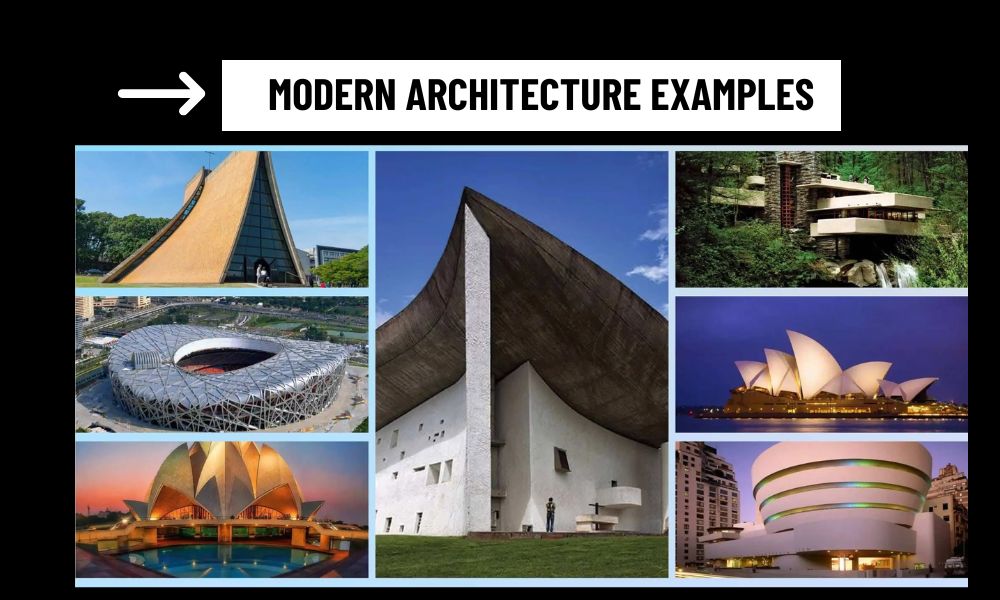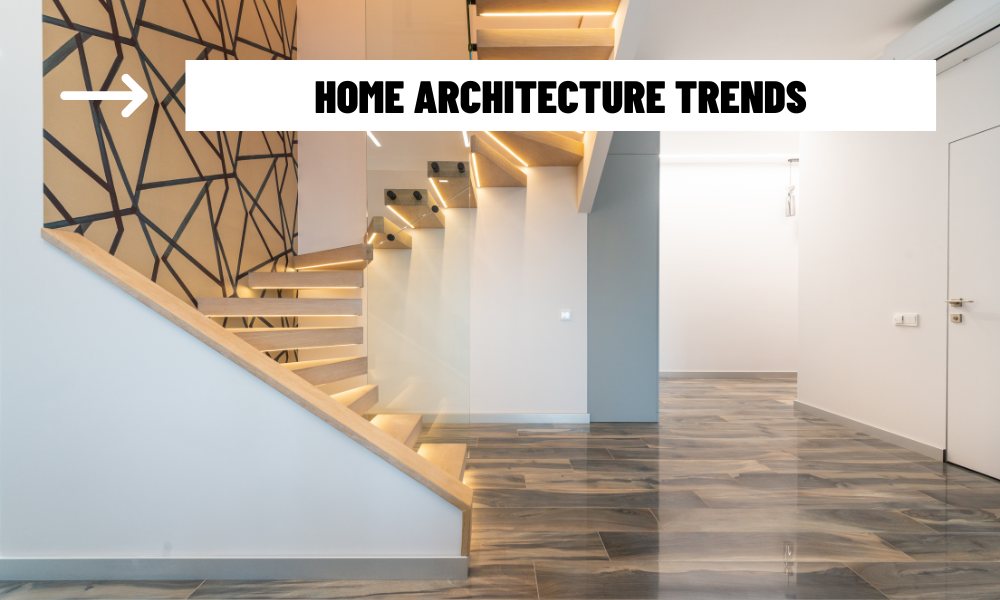Elegant, symmetrical, and inspired by the classical world, Neoclassical architecture has left a lasting impression on urban landscapes for centuries. While it first gained popularity in the 18th century, its influence can still be seen in modern homes — especially those blending historical beauty with cutting-edge smart technologies. This article explores the enduring appeal of Neoclassical design and its unexpected synergy with today’s smart home trends.
Neoclassical architecture represents a revival of ancient Greek and Roman ideals — order, proportion, and grandeur. Though rooted in history, its timeless aesthetic makes it surprisingly adaptable to modern smart home systems. In this article, we explore how neoclassical design principles continue to influence residential architecture in the age of automation and intelligent living.
Contents
What Is Neoclassical Architecture?
Emerging in the mid-18th century, Neoclassical architecture was a response to the ornate and decorative Baroque and Rococo styles. It emphasized simplicity, symmetry, and reference to classical antiquity. Common features include:
- Tall columns (often Ionic or Corinthian)
- Domed or triangular pediments
- Symmetrical façades
- Balanced proportions
- Decorative friezes and cornices
Unlike its predecessor styles, Neoclassical architecture focused on rational design and geometric order — ideas that align well with the minimalist principles often seen in smart home architecture today.
Global Legacy of Neoclassical Design
From Washington D.C.’s Capitol Building to grand mansions in Europe, Neoclassical architecture became synonymous with power, stability, and refinement. It found favor not only in government buildings but also in high-end residential architecture, where it conveyed luxury and intellectual taste.
Today, many newly constructed luxury homes and estates still borrow heavily from this tradition. In fact, developers now integrate smart technologies into neoclassical-style buildings, combining old-world aesthetics with 21st-century functionality.

Smart Home Features in Neoclassical Structures
You might wonder: can smart home tech fit into something so classical? Absolutely — and here’s how:
Hidden automation systems: Smart thermostats, lighting, and security features can be subtly embedded into walls, moldings, and ceilings without disrupting architectural integrity.
Voice-controlled environments: Voice assistants like Alexa or Google Home work well in larger rooms with strong acoustics — common in neoclassical homes.
Energy efficiency upgrades: Retrofitting neoclassical houses with smart climate control or solar power monitoring allows these older-style homes to achieve modern sustainability standards.
Lighting control: Smart LED lighting can highlight classical columns, chandeliers, and cornices in customizable ways that enhance period beauty.
By carefully integrating smart home systems without altering the visual harmony of Neoclassical architecture, homeowners enjoy both elegance and efficiency.
Interior Design Harmony: Classical Meets Contemporary
Inside a neoclassical smart home, balance is key. Traditional interiors—think marble floors, classical furniture, and grand staircases—can coexist beautifully with modern features like:
- Wall-mounted touchscreens
- App-controlled lighting
- Smart blinds and climate systems
- Integrated sound systems hidden within classic cabinetry
Designers are increasingly using a “transitional” approach — layering modern smart technologies onto timeless neoclassical backdrops, creating spaces that feel both refined and relevant.
Why Neoclassical Architecture Works for Smart Homes
Though Neoclassical design originates from a pre-digital era, it supports smart living in surprising ways:
- Structural spaciousness allows for better airflow, acoustics, and integration of home networks.
- Symmetry and order complement the organized system layouts required by smart automation.
- Timeless appeal increases long-term property value, especially when paired with high-tech living conveniences.
In short, Neoclassical architecture offers not just beauty, but a structural logic that aligns well with the design philosophies of modern smart home systems.
The Future: Neoclassicism Reimagined
As technology becomes more seamless and invisible, the fusion of old and new will only become more elegant. Imagine AI-powered homes with façades reminiscent of a Roman villa — or classical mansions equipped with solar panels, rainwater recycling systems, and ambient health monitoring.
This blend of Neoclassical architecture and smart home tech represents the future of luxury living: refined, intelligent, and deeply connected to the past.
Neoclassical architecture continues to be relevant not only for its timeless elegance but also for its surprising adaptability to modern technologies. As smart homes become more prevalent, designers and architects are finding innovative ways to marry the classical with the contemporary. The result? Homes that are as intelligent as they are beautiful — a true tribute to centuries of architectural excellence



